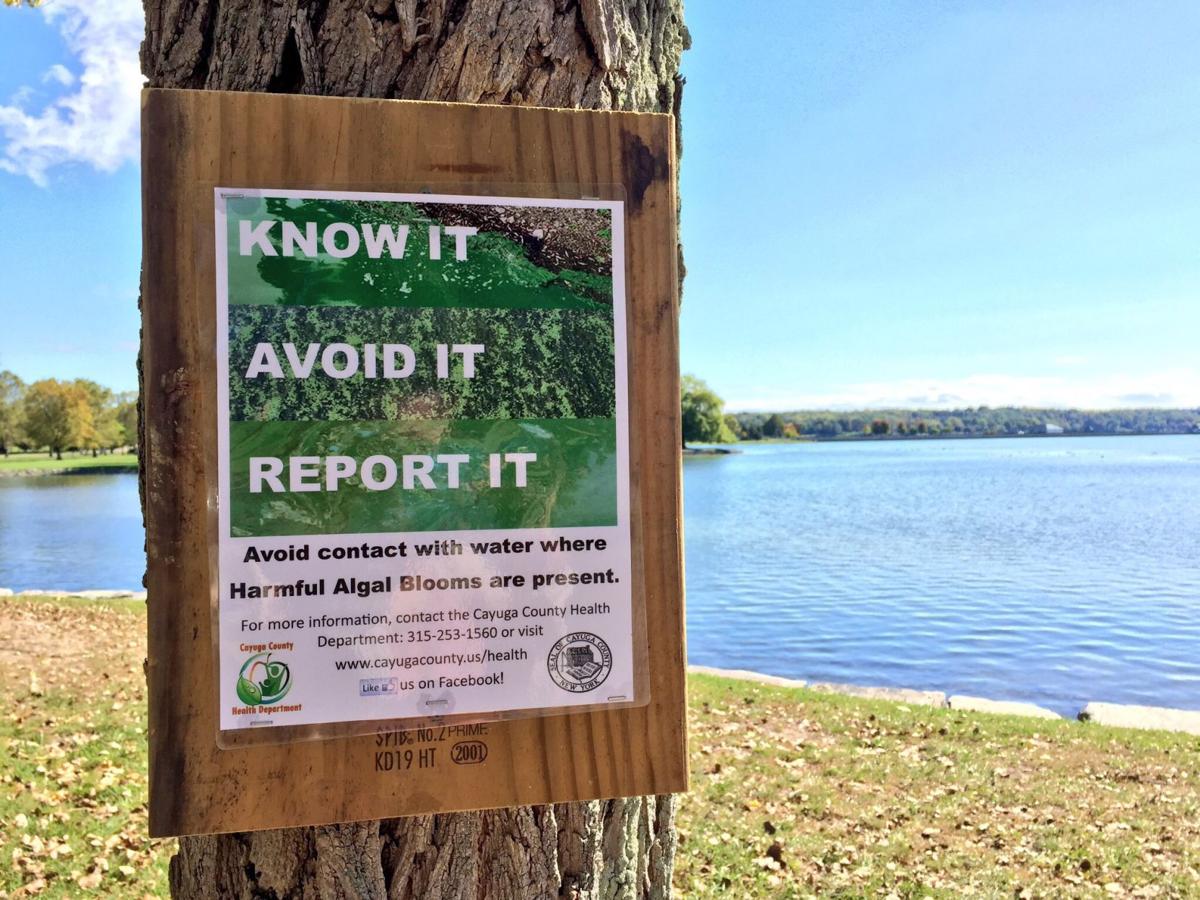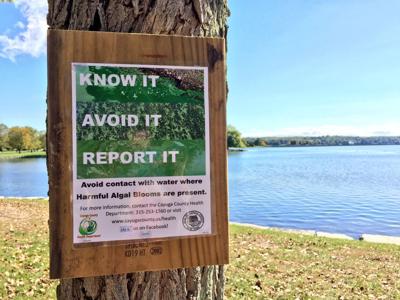As public health officials in Cayuga County make plans for responding to a worst-case scenario in which water from Owasco Lake becomes undrinkable, state officials have finalized a proposal for protecting the lake from pollutants that falls far short of offering the kind of help that's going to be required to prevent just such an emergency.
The Cayuga County Health Department is updating its plan for how best to alert the public and is planning a drill to simulate a situation in which water from the lake is no longer safe to drink. That what-if scenario is unfortunately far from being just a remote possibility, as we learned in 2016 when toxins associated with blue-green algae blooms were detected in the public drinking water system.
People are also reading…
Efforts to protect the lake have ramped up significantly since that time, and while the state deserves credit for for urgent upgrades to the Auburn and Owasco water treatment facilities, it's no secret that preventing problems from arising is a much better plan that treating the symptoms after they become apparent.
To that end, a comprehensive plan for protecting the lake by safeguarding the watershed has been established. That local plan wasn't just thrown together overnight. It came together slowly through many years of study and plenty of feedback from those likely to be most affected by potential enforcement. The end result was a well-considered, debated and revised plan for the future that demands some commonsense measures be put in place for the long-term benefit of the people living and working in this region — and especially the many thousands who depend upon Owasco Lake for their drinking water.
The long-awaited response from the state, however, ignores some of the most important points underscored by the science, chiefly the data showing that agricultural activity in the watershed is the No. 1 contributor to phosphorous runoff into the lake. The state's proposal also ignores the need pointed out by officials here to prohibit pollutants from being "discharged, deposited or otherwise transported" into the lake.
"Unfortunately, their response ignored our urgent concerns about the contamination of the watershed," Auburn City Council member Jimmy Giannettino told Ë®ąűĹÉAV. "Their proposal serves as little more than window dressing and it will prevent us from effectively protecting Owasco Lake."
The rules and regulations for the Owasco Lake watershed have not been updated for nearly 40 years, and the health of the lake for the next 40 will depend on mitigating runoff and accounting for rising water temperatures and extreme rainfall events, which produce heavy runoff from land into the water and are happening with more frequency.
Auburn and Cayuga County officials have waited more than two years for the state's formal response to their plan. Now that it's here, it's clear that there is still a lot of work to be done.
Updates to the watershed regulations by the state Department of Health remain pending at this point, and the process will include a public comment period. It is vitally important that the concerns raised locally are given a fair hearing and that the state not only listens to those concerns, but takes appropriate action.
The Cayuga County Health Department is updating its emergency preparedness plan to be ready if a "do not drink" order is issued due to contaminated drinking water from Owasco Lake.Â

















